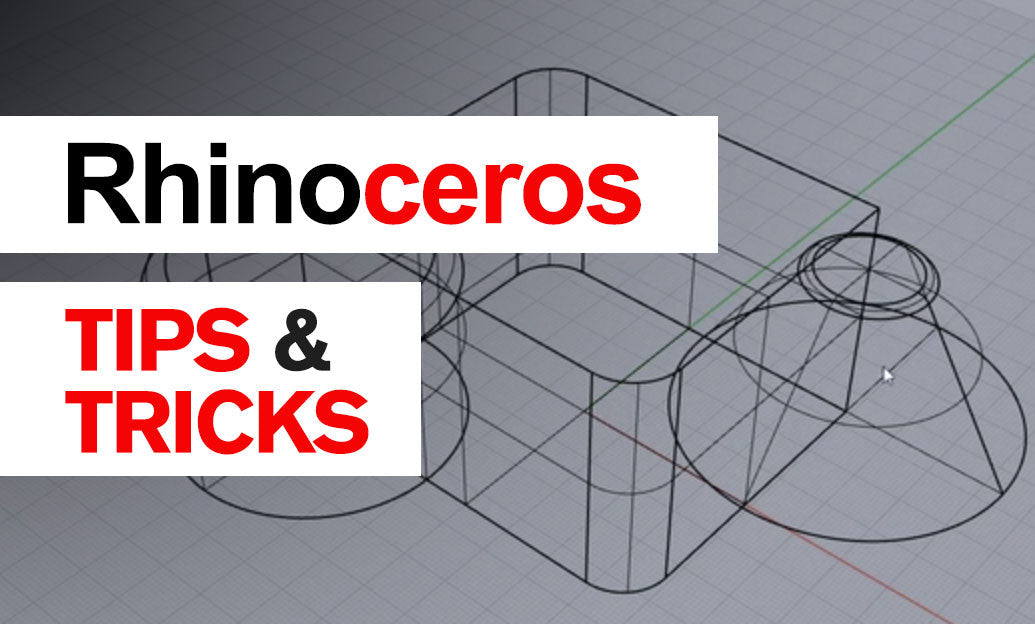Your Cart is Empty
Customer Testimonials
-
"Great customer service. The folks at Novedge were super helpful in navigating a somewhat complicated order including software upgrades and serial numbers in various stages of inactivity. They were friendly and helpful throughout the process.."
Ruben Ruckmark
"Quick & very helpful. We have been using Novedge for years and are very happy with their quick service when we need to make a purchase and excellent support resolving any issues."
Will Woodson
"Scott is the best. He reminds me about subscriptions dates, guides me in the correct direction for updates. He always responds promptly to me. He is literally the reason I continue to work with Novedge and will do so in the future."
Edward Mchugh
"Calvin Lok is “the man”. After my purchase of Sketchup 2021, he called me and provided step-by-step instructions to ease me through difficulties I was having with the setup of my new software."
Mike Borzage
ZBrush Tip: Optimize Your ZBrush Workflow with Subdivision Levels for Enhanced Detail Management
November 18, 2024 2 min read

When working in ZBrush, managing details efficiently is crucial, especially as your projects become increasingly complex. One of the most effective ways to handle intricate models is through the use of subdivision levels. This technique allows artists to maintain a low-resolution base mesh while working on high-resolution details. Here’s how to leverage subdivision levels to enhance your workflow:
- Start with a Low-Resolution Mesh: Begin your sculpting process with a low-resolution mesh. This will serve as the foundation of your model, allowing for easier manipulation and posing. You can easily block out the primary shapes and forms without getting bogged down by unnecessary details.
- Gradual Detailing: Once your base mesh is ready, start adding subdivisions. Each new level of subdivision will give you more polygons to work with, enabling finer details. This step-by-step approach allows you to focus on different levels of detail progressively.
- Switching Between Levels: Use hotkeys (D for increasing and Shift+D for decreasing) to swiftly move between subdivision levels. This capability lets you make broad changes to the silhouette at lower levels and intricate detailing at higher levels, all without losing the continuity of your model.
- Performance Optimization: Working on lower subdivision levels while navigating and making broader changes helps optimize performance. ZBrush is less resource-intensive at lower levels, making your workflow smoother and faster.
- Exporting Flexibility: Subdivision levels offer great flexibility for exporting models. Whether you need a low-poly version for animation or a high-res version for close-up shots, subdivision levels provide the necessary versatility.
- Preservation of Base Mesh: Subdivision levels ensure that your base mesh remains intact. This preservation is invaluable for making large structural changes at any stage without having to redo high-detail work.
Incorporating subdivision levels into your ZBrush workflow not only enhances the quality of your models but also ensures a more efficient and flexible sculpting process. By managing resolution levels effectively, artists can focus on creativity and detail without compromising on performance or flexibility.
For more advanced tips and tools, consider exploring the resources available from NOVEDGE, where you can find comprehensive solutions for all your modeling needs. By implementing these strategies, you can take full advantage of ZBrush's powerful capabilities, making your sculpting endeavors both efficient and enjoyable.
You can find all the ZBrush products on the NOVEDGE web site at this page.
Also in Design News

Rhino 3D Tip: Understanding Surface and Solid Modeling in Rhino for Enhanced Workflow Efficiency
August 30, 2025 3 min read
Read More
Unlocking Advanced Animation Techniques: Five Studio-Proven Tricks to Elevate Your 3ds Max Workflow
August 30, 2025 6 min read
Read MoreSubscribe
Sign up to get the latest on sales, new releases and more …



